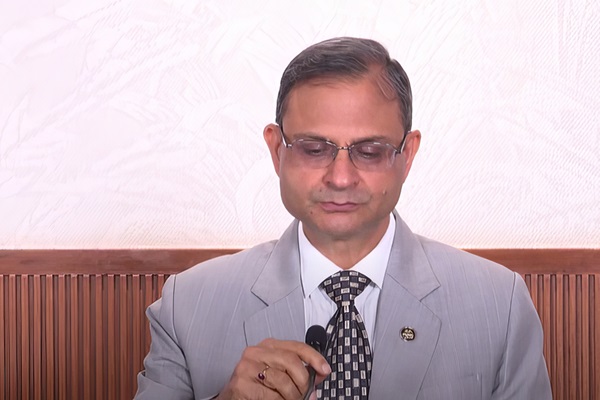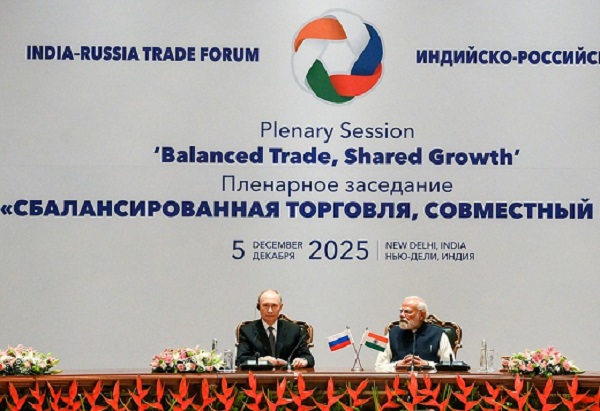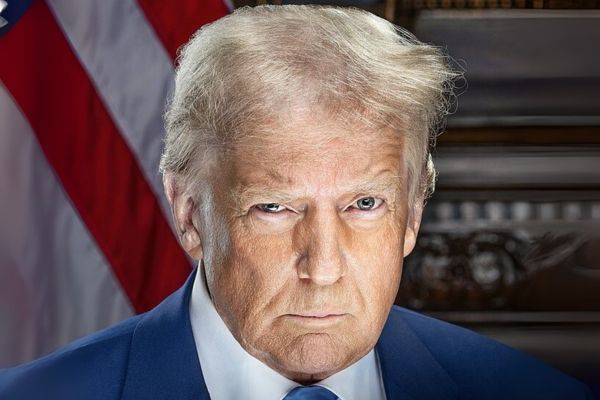.png)
July 16, 2025 at 9:48 AM IST
Reserve Bank of India Governor Sanjay Malhotra left little doubt in his CNBC-TV18 interview Tuesday about the central bank’s current stance: the uncollateralised call money rate remains its clear operating target. Despite the growing dominance of collateralised overnight instruments like TREPS and market repo, the RBI remains focused on keeping the call rate closely aligned with the policy repo rate to drive transmission.
Malhotra made clear that the RBI does not seek to target TREPS or market repo rates directly, emphasising their strong correlation with the call rate. “If you target one, the other gets targeted on its own,” he explained, citing a correlation coefficient of 0.98. This suggests the central bank sees no pressing need to formally switch its anchor, even though secured markets now account for most overnight volumes.
He also played down expectations of sweeping changes in the upcoming liquidity framework review. The internal working group’s report is expected by month-end, but Malhotra described the choice of operating target as “not a major issue.” While acknowledging the call market’s thin volumes, he underlined its continued ability to set the signal for the entire overnight curve.
He acknowledged that efforts to boost call market volumes remain a work in progress. The RBI has already extended trading hours and introduced incremental improvements, but Malhotra noted the structural challenges, emphasising that the call and collateralised segments operate under very different regulatory regimes, some of which lie beyond the central bank’s direct control.
This admission points to the structural challenges facing the RBI’s operating framework. The sharp shift in overnight market preference toward secured lending instruments has left the call market with a limited participant base and shrinking turnover. It raises questions about whether the weighted average call rate can remain a reliable anchor without reforms to broaden participation and deepen liquidity.
At the same time, recent variable rate reverse repo operations have pushed the call rate up within the corridor, supporting the RBI’s effort to keep it “as close as possible” to the policy repo rate. The Governor also noted early signs of pass-through in lending rates, suggesting the transmission mechanism is beginning to respond.
Central banks typically target the uncollateralised overnight interbank rate because it best reflects pure reserve pricing under central bank control.
For now, though, WACR may stay the anchor.
But the tension between declining volumes in the call market and the need for robust policy signalling ensures this debate is far from over.





